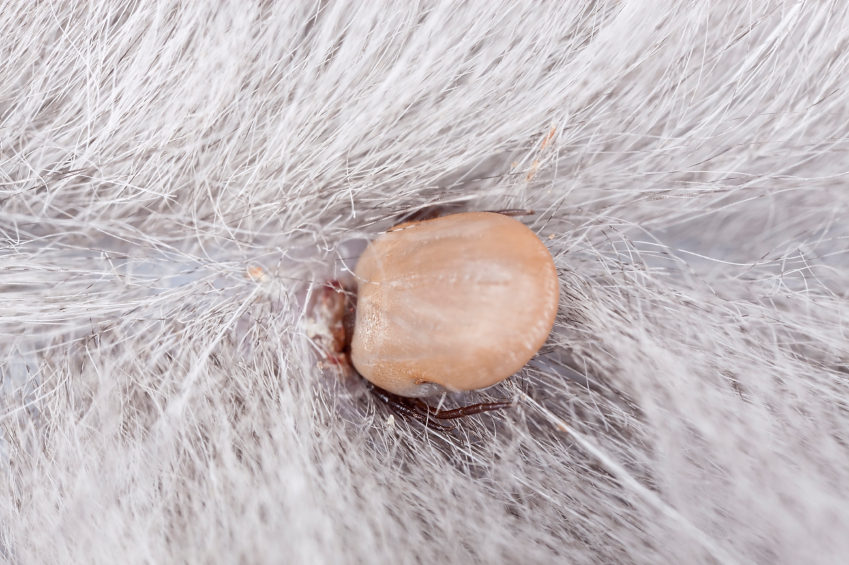There are certain health problems of pets in the Edmonton area where the facts seem to change from year to year. A prime example of this is the problem with ticks in central Alberta. There are different ticks in Canada than there used to be ten years ago. The ticks are in new areas of the province. They increasingly carry microscopic organisms that can be passed on to dogs, cats and people.
To be frank, the tick problem is much worse in Eastern Canada than in the west. There are places in Southern Ontario that have the number of ticks doubling every year, and two thirds of the ticks in some areas carry organisms that can be spread to pets and people.
There are two main types of ticks in the area around Morinville. One is the Rocky Mountain tick and the other is the Deer tick. While both types have a similar life cycles, only the Deer tick transmits the bacteria that causes Lyme disease. Lyme disease is a condition that affects the immune system of people and causes weakness, fatigue and joint pain. Dogs and cats can be infected too, but their symptoms are not as strong. Pets can be vaccinated for Lyme disease, and unvaccinated pets can be treated with antibiotics if they are infected.
The life cycle of a tick is based around finding a food source in order to grow. A female tick will lay thousands of eggs that hatch into nymphs (which look like miniature ticks). These nymphs climb onto birds and mice and bury their mouth into the skin. Over a period of hours to days, they suck out a meal of blood in order to grow. While feeding on small rodents, the nymphs pick up blood-borne infections like Lyme disease. After feeding, the nymphs drop off and mature into larvae. Larvae are slightly larger, and take their blood meal from rodents, small mammals and deer. When larvae drop off and mature, they become adults. This is the form that climbs onto deer, people, dogs and cats. While feeding, they pass on the infections they picked up from mice. After eating, they fall off and reproduce and the cycle starts again.
The best way to deal with ticks is to never get them. Check yourself and your pets after walking in meadows or woods. Learn how to remove any ticks you find. Talk to your vet about products that will kill off ticks that do climb onto your pets. Be aware that there are very few products to deal with ticks that can be safely used on cats. Ticks do not have to be a source of fear, but they are a source of concern.
Written by Morinville Veterinary Clinic




